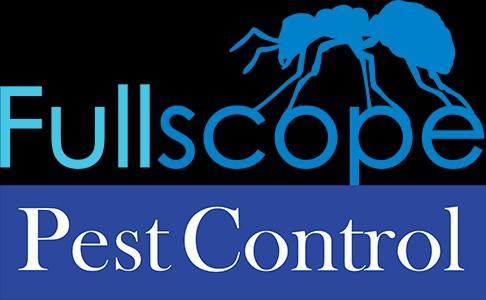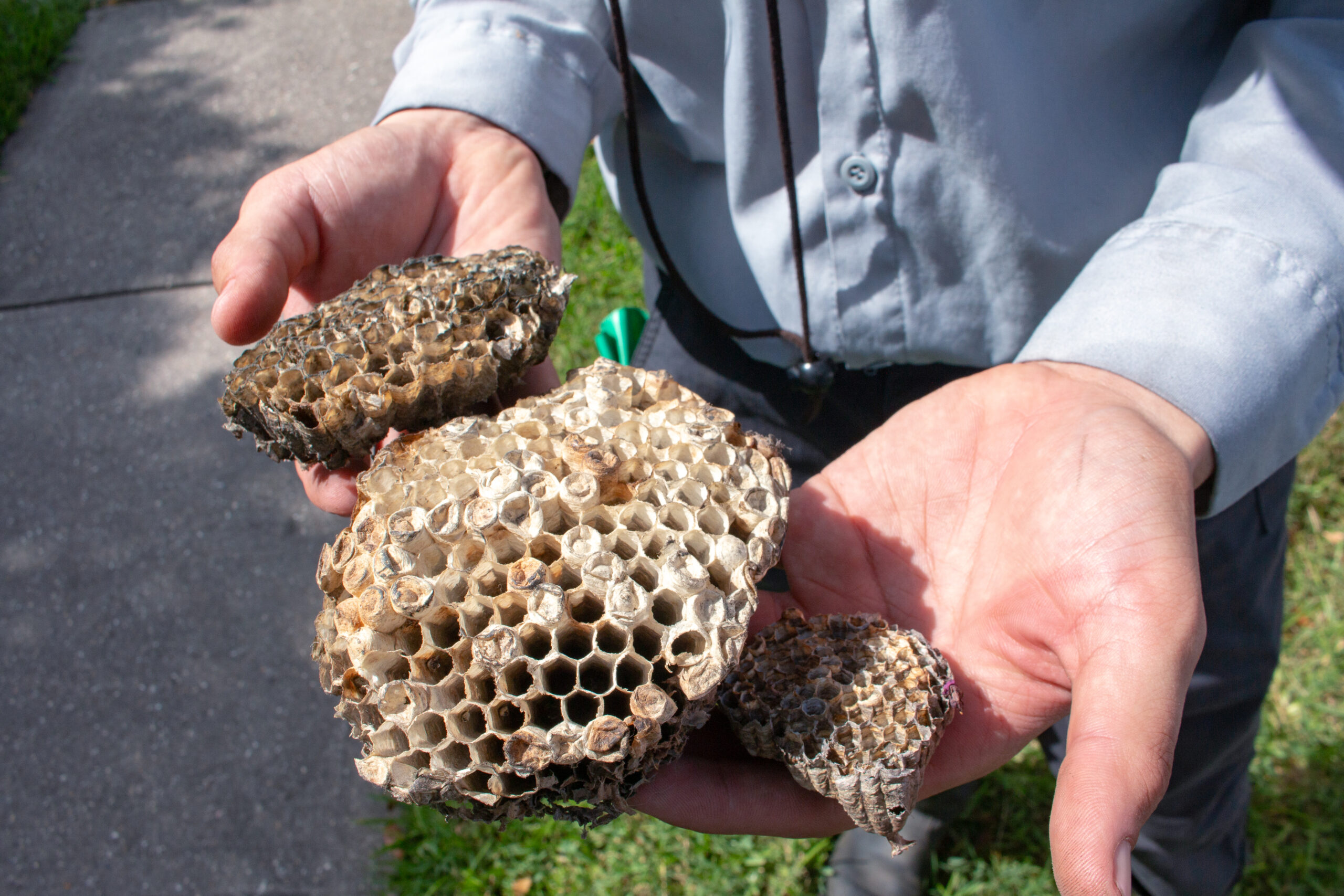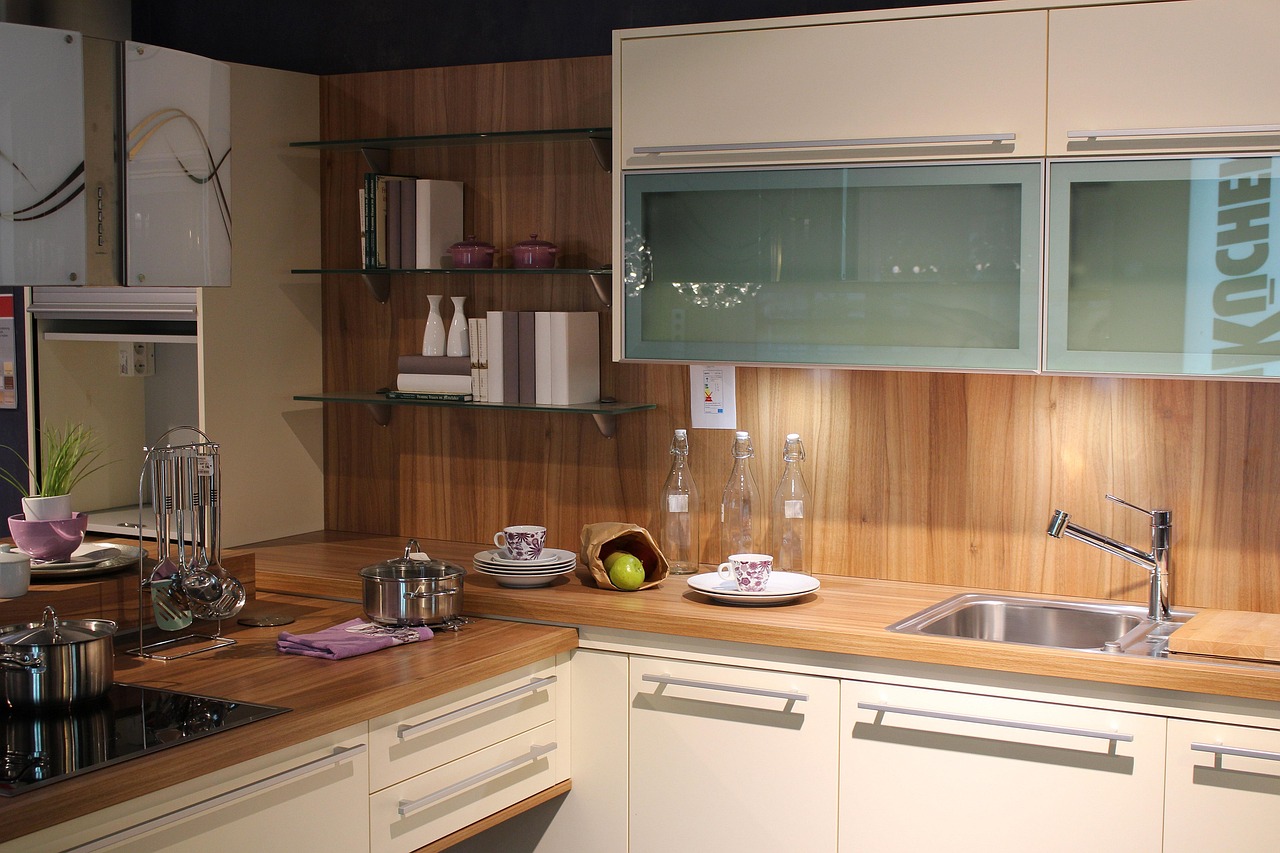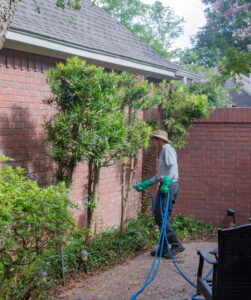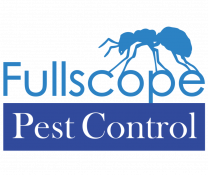How to Help Control Anthracnose on Your Kingwood Maple Trees
Anthracnose (caused by the Gloeosporium apocryptum fungus and other closely related fungi) is a rainy season tree disease that can be serious for all kinds of plants, notably Silver maples and Japanese maple trees. It causes irregular, light to reddish- and purplish-brown deadened areas on your Kingwood, TX plants’ and trees’ leaves.
What Causes Anthracnose?
In addition to damaging leaves, Anthracnose disease attacks all parts of a plant at any stage of the plant’s growth, though symptoms are most visible on leaves and fruits. This disease is more prominent in wet, damp conditions.
You may notice spots along the leaf veins, as well, and these areas can grow to eventually kill entire leaves (larger affected areas look like dead blotches). Partially deadened leaves will give the appearance of being “scorched.” Infected leaves may drop during the late spring, and tree twigs may start to die, as well.
Anthracnose fungi can overwinter in infected twigs or dead leaves, until the spring, when the rains come again. Spores are discharged and blown around or splashed in the rain (or by watering).
The spores emerge so that the fungi can get into the leaves and start killing leaf and plant tissue. This disease can end up being very severe with lasting effect during wetter, cooler seasons, then appear to have gone away in years that are warmer and drier. The fungi and spores can survive, however.
On some plant and tree species, the fungi in affected areas of budding leaves produce secondary “summer” spores. Wind and splashing precipitation can spread these spores from one leaf to another. Late summer and early fall spreads of anthracnose is almost always caused by these secondary “summer” spores.
Must Read: fullscope pest control
Can Anthracnose Be Cured?
Once symptoms of Antrhacnose develop or become serious, the disease won’t be effectively controlled or “cured” during the season it’s discovered. Rake up and properly destroy/dispose of fallen, infected leaves and twigs throughout the season and into the fall. As feasible, prune and trim infected plants and trees during the winter to help air circulation and to keep removing infected twigs and branches. Remember to continue disposing of all infected debris, and avoid watering the leaves as much as possible. Wet leaves mean surviving fungi and spores.
Spray with a fungicide labeled to treat anthracnose when buds begin to unfold in the spring and then again in 1 to 3 weeks to help prevent infection.
You can be proud of your yard and trees, and do everything you can to take good care of them. This is a first good step toward having happy and healthy foliage in your yard. But you may be spending too much time managing plant and tree problems and not enough time enjoying your yard with friends and family. Call our Kingwood, TX pest and garden control experts today at 832-898-0190 or email us at [email protected] for a consultation. We can help you manage your yard, tree, garden, and bug problems and show you how to keep your yard healthier. Save yourself all sorts of money, stress, and time, especially time with your family and friends.

